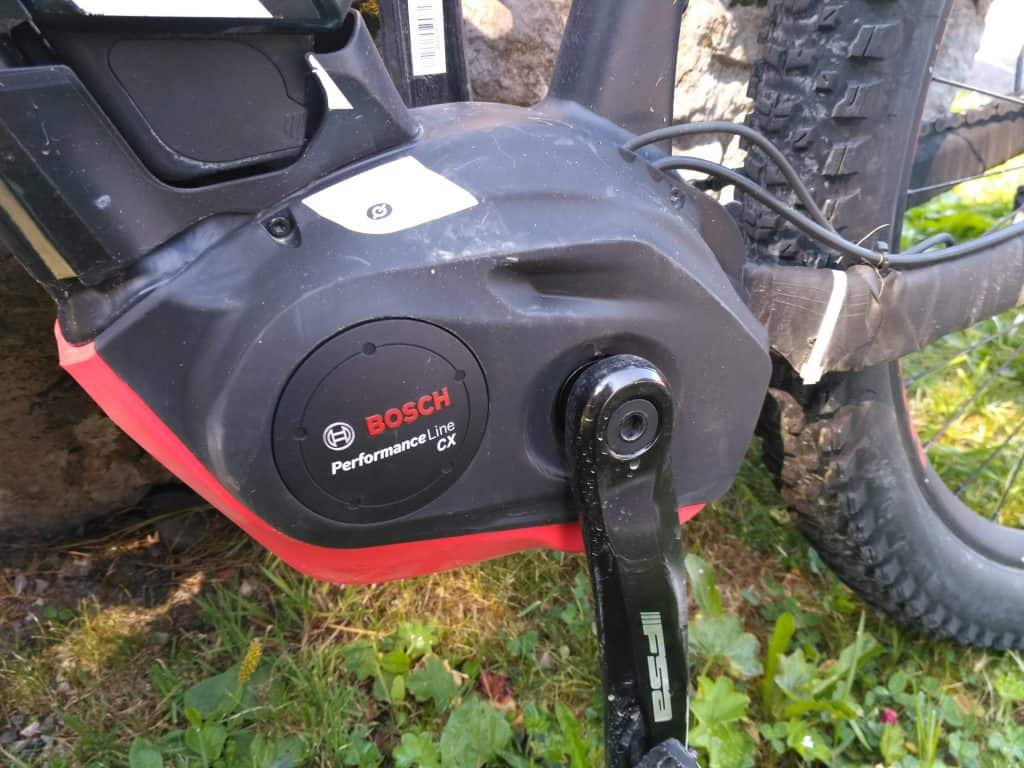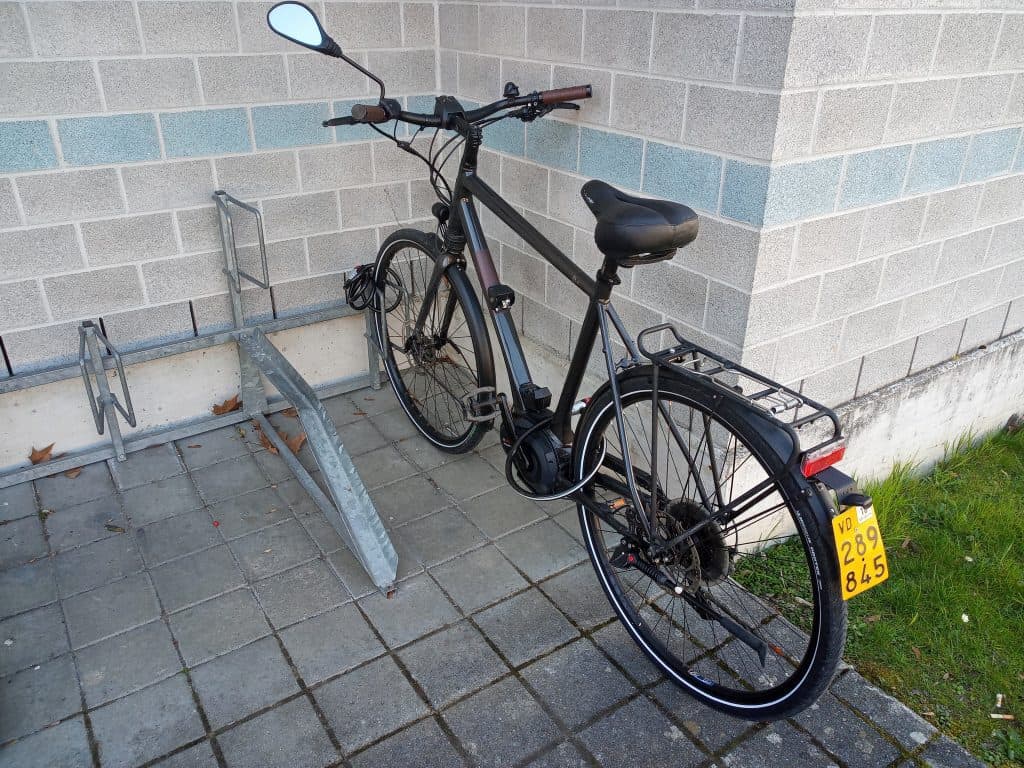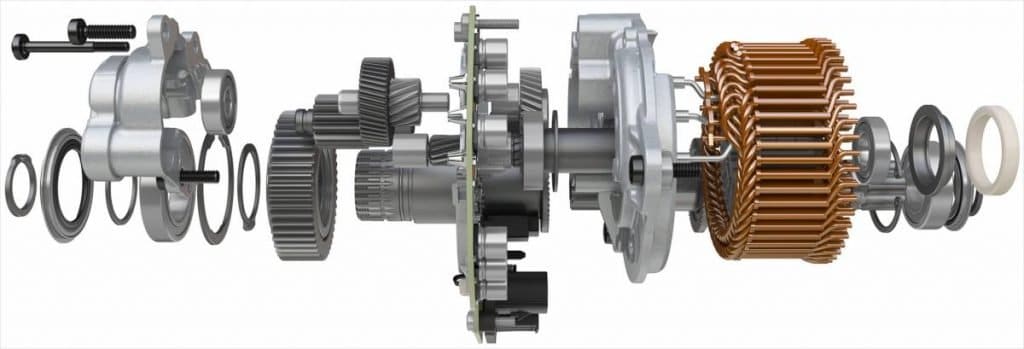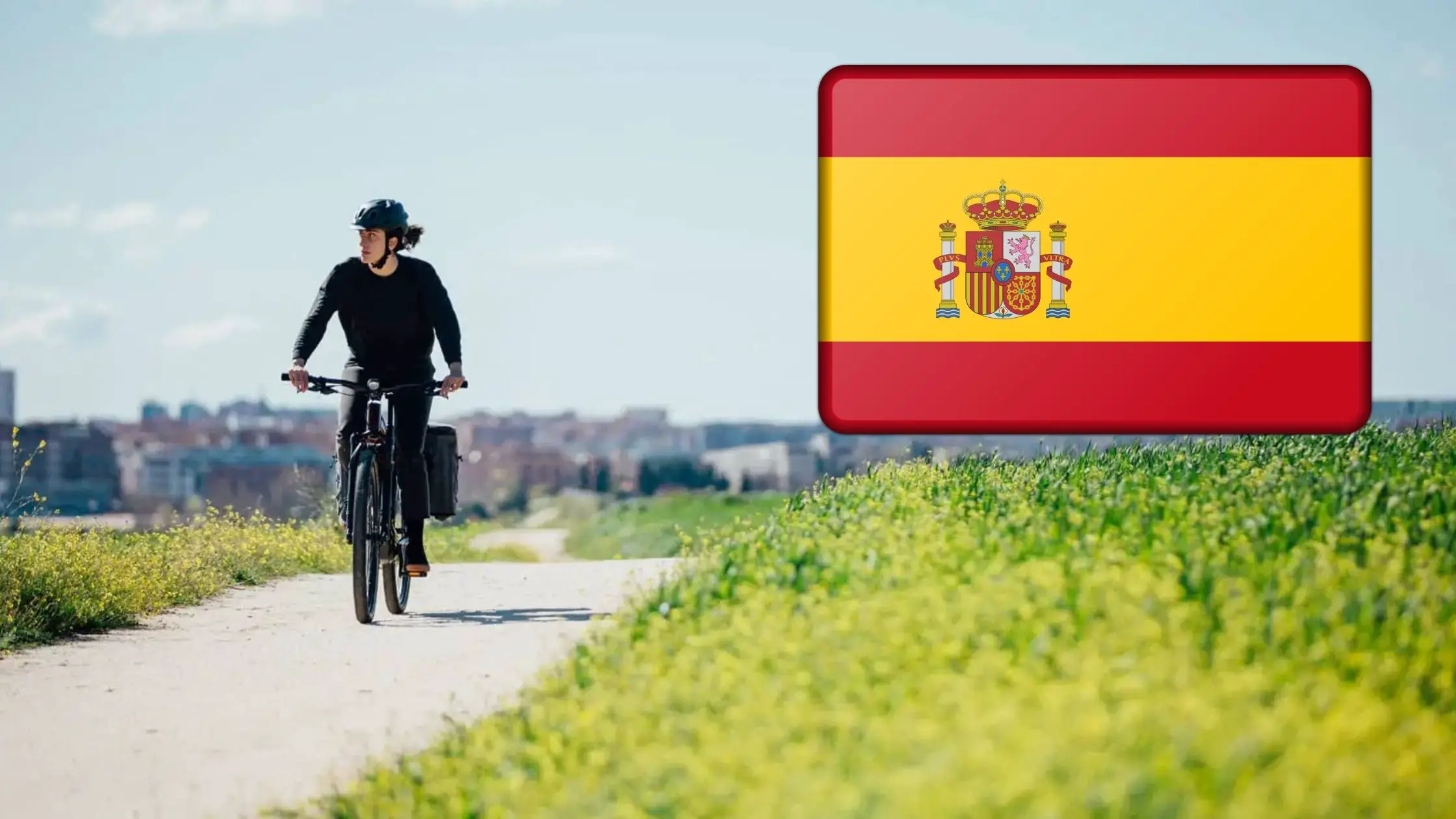Last Updated on February 17, 2023 by Igor Karni

Whether you are getting started or planning on becoming more serious about the e-bike movement, it is important to understand the main principles, power, and limitations of your next e-bike.
What do you need to know about e-bike motors? Make sure you are able to calculate the peak power output of the motor, which is voltage * peak amps = watts. Also, make sure you stay mainstream to the industry trends in motors. And service your e-bike’s motor regularly to help it run longer.
No question that one of the key elements of an e-bike is a motor. There is no e-bike without a motor, right? So, let’s take a closer look at e-bike’s motors and understand what one needs to know about motors. I will not bother you with lots of technical details, this is not the goal. My goal is to make event tech-heavy things easy for the reader.
Read also: How to find a reliable e-bike? And, Should I buy a new or used electric bicycle?
Let’s take a look…
Motors wattage: what is the difference?
Manufacturers still don’t use the same standards to name and categorize motors of the e-bikes they build. And this is something that could potentially bring you to misleading facts and may even end up with a sub-optimal purchase.
Watts are the universal measurement for any instantaneous power output or input of a machine. In this case, a motor engine is classified by watts, depending on the power. However, the numbers of watts are not important when buying a new e-bike.
You have probably seen many times people selling ‘‘250w e-bike’’ or a ‘‘500w mountain e-bike’’ but that’s doesn’t mean anything when we want to know the peak power of an e-bike. There is a simple way to find out how powerful your next e-bike will be, just follow this formula:
Voltage * Amp Peak = Watts
Multiply the voltage of the battery, by the maximum current the bike is capable to handle. The e-bike’s controller dictates the maximum current, but normally it’s limited to 15-35 amps. For example, if your e-bike has a 24V battery and a 25 amp peak controller set, it would produce 600 W.
Read also: How far can e-bikes go? What is e-bike range on a single charge? And, How fast are e-bikes?
How do I choose the motor I need?
E-bikes are quickly becoming one of the preferred methods of transport for people all around the world. And this trend is far from saturation. If you are not sure about the wattage of your future e-bike, the following guidelines may help:

Legality
You may want to have the latest and most powerful e-bike in the market, but the laws in your area might stop you from making that purchase. Different jurisdictions have different laws about e-bike’ output. In the USA, the limitation is 750 watts, while in the EU and some Asian countries this output has been limited to 250 watts.
First of all, make sure what the limitation in your country is and make a wise purchase. And you may even need a license to ride an electric bike in the area where you live or plan to travel to. Make sure you are well aware of the rules, prior to making a decision.
Read also: What are traditional e-bike and speed e-bike rules and regulations in the US, UK, Canada, Australia?
Power output
How the manufacturing company is measuring the power of an e-bike? Take a look at the simple formula above to be able to compare apples with apples and not apples with oranges. Additional factors influencing the power output are:
- Electric current into the motor;
- Mechanical power output at the shaft;
- Power in, less the efficiency losses of the motor level.
Peak power
You can calculate the peak power also by using the formula explained above. Nothing complicated, easy to use. This is the maximum amount of power an electric bike can produce under maximum effort for a short period of time before overheating.
Battery capacity
How much power the battery may support? There are many factors you need to bear in mind in order to make the right decision. You need to balance the cost, weight, and energy storage to choose the right motor power, size, etc. And more facts you may want to know about e-bike’s battery.
Read also: What is the difference between e-bike batteries? And, How far can e-bikes go? What is the e-bike range?
A quick comparison of motor powers
250 watts motors. Most of the riders will already be pleased and satisfied with 250W e-bikes. These e-bikes do take off some pedaling efforts as compared to traditional bikes. At the same time, 250W e-bikes will leave their riders to do quite a bit of pedaling work due to the fact that power is still limited. 250W e-bikes are not the best if you are looking for effortless pedaling.
350-500 watts motor. These motors are mid-range. Most 350 watts and 500 watts motors are designed to assist any rider totally. It’s perfect for those looking for a throttle-controlled system that will reduce the effort by the rider. Or for pedal-assisted e-bikes that take most of the riding effort off the rider.

750 watts motors. 750 watts is the sweet point where you are looking for power and efficiency. However, this kind of electric bike tends to be more expensive due to its larger batteries and extra weight. 750W e-bikes also are not yet legally accepted in all countries and regions. If you are looking for this more powerful option, make sure that you verify that these e-bikes are accepted in the area where you live.
Keep in mind that electric bikes are not mopeds or scooters and are not designed just to take up a steep hill just on their own. All electric bikes require the rider to add some muscle power.
Read also: How to select the best e-bike for your needs? Making your educated e-bike selection choice – and also in this article. And, How much does a good e-bike cost? Comprehensive e-bike pricing guide (with 46 examples).
How to understand e-bike’s power output?
Trying to understand how an electric bike’s motor works may be difficult. That’s why we are so focused on explaining the details so that you can plan for the right power output on your bike.
One of the most important aspects is whether you are buying an electric bike or an e-bike conversion kit is to compare its continuous power with its peak power (the peak power results from the formula above).
There are many e-bike motor recommendations floating around. Here is an example. Experts recommend at least a 1,000 watts motor for people that weigh above 250 lb (115 kg). This doesn’t mean that a person needs an e-bike with a continuous power of 1,000 watts, but a peak power of 1,000 watts that will produce enough power to help the rider go up a hill with his or her own additional pedaling efforts.
Let’s take an electric bike conversion kit as another example. The kit may be listed as a 500-watt kit, but if you dig into details, you will discover that it comes with a 48V battery and a 20 amp peak controller.
Using the formula above you will see that this kit is capable of putting producing up to 960 watts. So, while the list of 500-watt power may not seem like enough, this e-bike conversion kit is capable of producing 1,000 watts. And this is exactly what is needed to take the 250lb rider uphill.
What is motor torque?
You have probably seen torque as a measurement of any kind of motor, whether it’s electric or powered by internal combustion. In simple words, torque is a measure of the energy required to rotate the shaft. The more torque the motor has, the more power is rotating the shaft. This, in turn, equals more power and more speed.
Torque, in a nutshell, means the ability to rotate whether the rear or front wheel. In a traditional bicycle, this is translated into the ability to rotate the pedals and crank arms. Higher torque means that the wheels will rotate easier and create more acceleration, especially when starting from a stand-still. Higher torque also equals an easier start from a stop.
Read also: Can e-bikes help go up steep hills? And, How to switch electric assistance levels on an e-bike?
What type of motor is best?
The principal mode of operation of an electric bicycle is universal. An e-bike has a motor and operates on electric power. Still, there are different types of electric motors for e-bikes. Let’s take a closer look.
Crank drive motors
Crank drive motors were created decades ago as the first advanced electric bike motors. They were created in Japan, early in the 90s by Panasonic and Yamaha. The most noticeable trait is they are situated on the crank. These motors drive additional power (over and above the rider’s leg) through the rear gear system.

As crank drive motors have been around for a long time, these motors have become incredibly effective. An e-bike with a crank drive motor system will weigh between 30-50 pounds (13 kg to 22 kg) and will usually have enough power to help a rider go uphill without breaking into a sweat.
Hub motors
Hub motors are widely known in the e-biking industry. Those motors can be viewed as a cheaper alternative to crank drive motors. They are hub-mounted, as the name suggests. Hub motors usually have only one gear. Still, some models are quite powerful, but may not have enough power for hilly areas.
Right now hub motors are the most common motors on the market. And they are often the most reliable ones.
Brushed and brushless motors
Brushed motors can be viewed as a stronger, more robust, and more reliable version of brushless motors, even though the industry is turning default to brushless motors at the moment. This is due to the fact that brushless motors are generally quieter, smaller, and lighter. They often don’t even need to be serviced.
Brushed motors are also cheaper and are usually better for hill-climbing. They need to be serviced every 8,000 miles (13 000 km) and they always get as good as new.
Sensorless or permanent magnet BLDC motor
Sensorless or permanent magnet BLDC motor is a new technology that is turning brushless motors into more reliable and better motors. These motors don’t require sensors as the position of the armature is detected using magnetic field detection. This reduces the number of electronics inside the system, resulting in higher reliability as fewer components may fail.
Friction drive motors
These are less used motors in the e-biking industry at this time, even though friction drive motors still have a strong place. Friction drive motors operate by spinning a roller pressed against the bicycle’s tire. The power created by these motors is limited by friction drive because the acceleration is dependent on the roller maintaining solid contact with a small patch of the tire.
Friction drive motors are often bought by tech enthusiasts who prefer to assemble their own motors. Even though friction drive motors are not expensive, such motors don’t usually last longer than a few hundred miles.
A few words in conclusion
Electric bicycle motor technology is developing fast. Some of the motor types, such as crank drive or hub motors, have been around for a long time. Other models are new and are still to be tested in mass production and longer usage in different weather and terrain conditions.
Read also: Cowboy 3 vs Vanmoof S3 review, top connected city e-bikes. And, Angell vs Cowboy vs Vanmoof, which one would you choose?
If you master the basic formula of computing peak power output (voltage * peak amps = watts), you already know most of it and can make an intelligent choice when picking the right e-bike for your needs, your riding habits, and the landscapes of the area where you live.
For daily usage, make sure that you stay industry mainstream in making your choices. Make sure you plan to service your motor regularly to help it serve you for longer.
Igor is a sustainable mobility and green energy advocate. His mission for Easy E-biking is to help make electric cycling simple, practical, and fun. Follow him on Facebook and LinkedIn.




